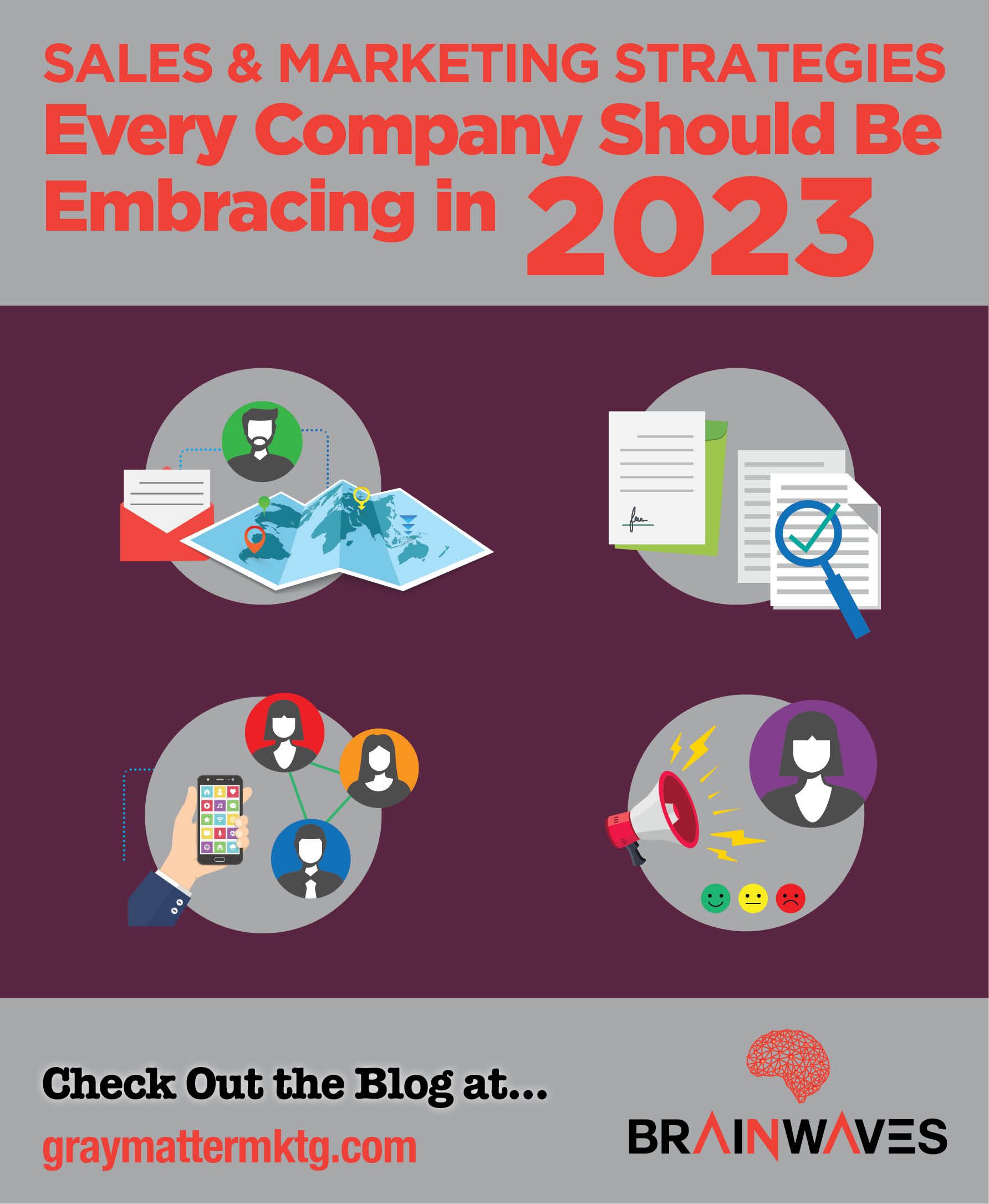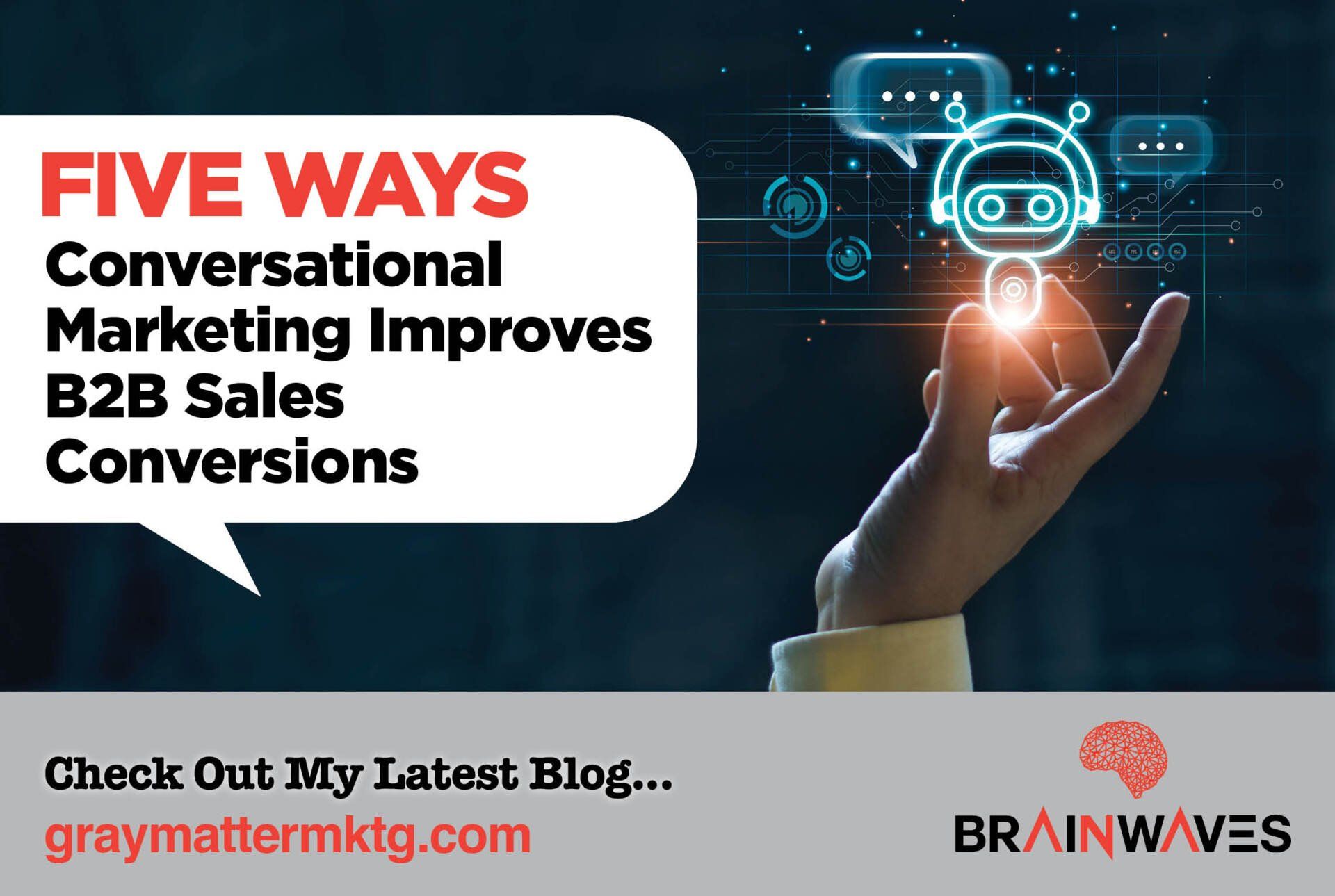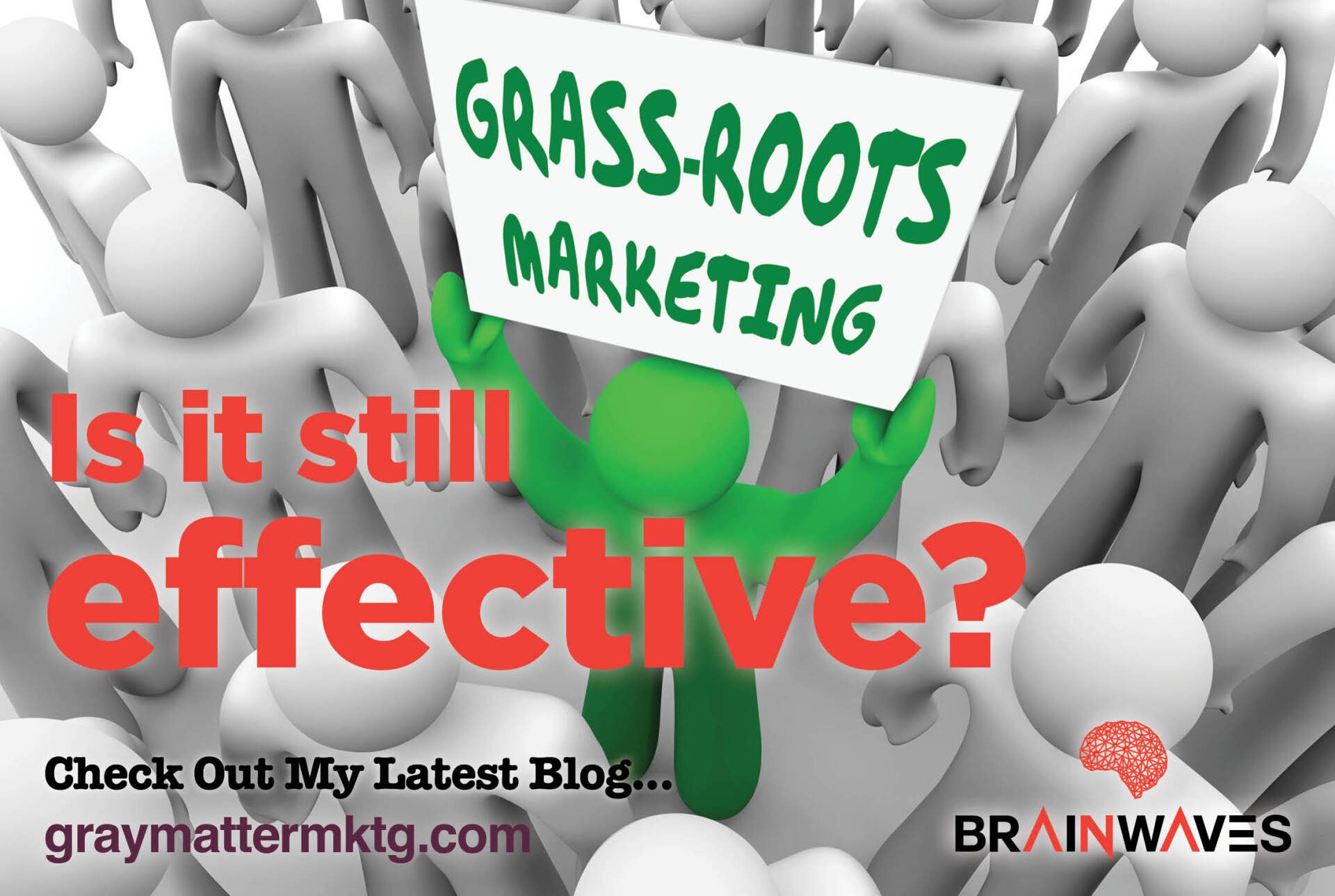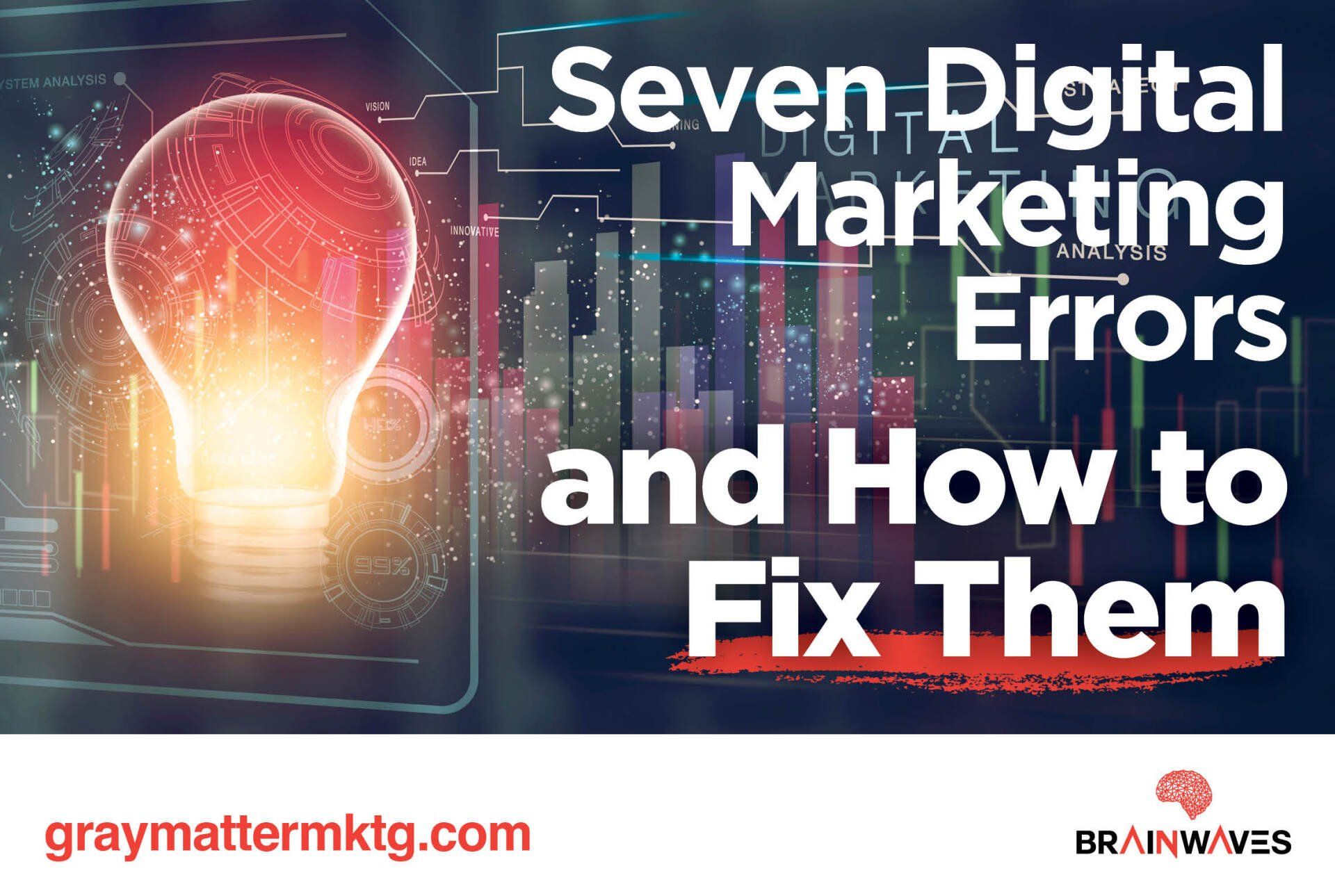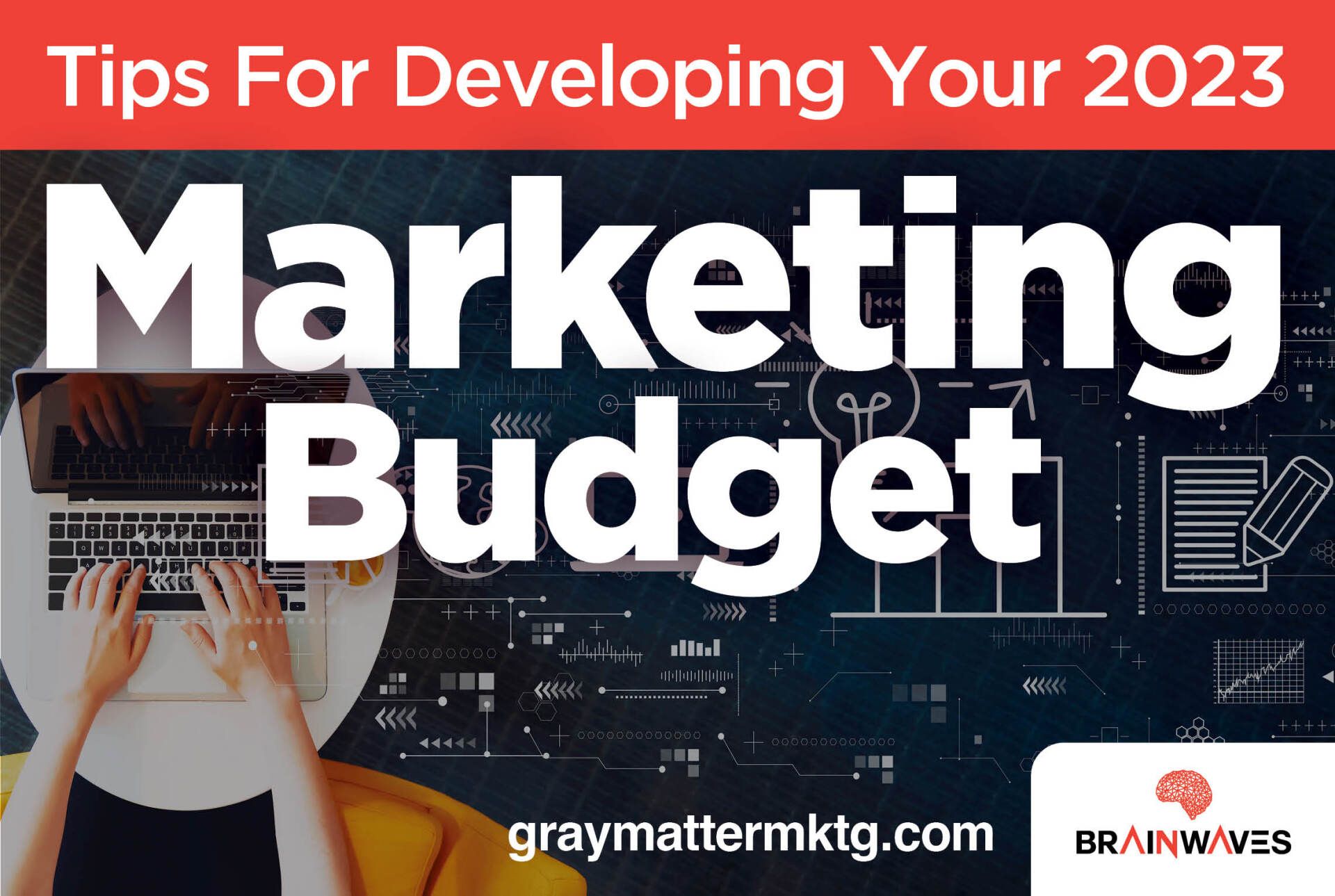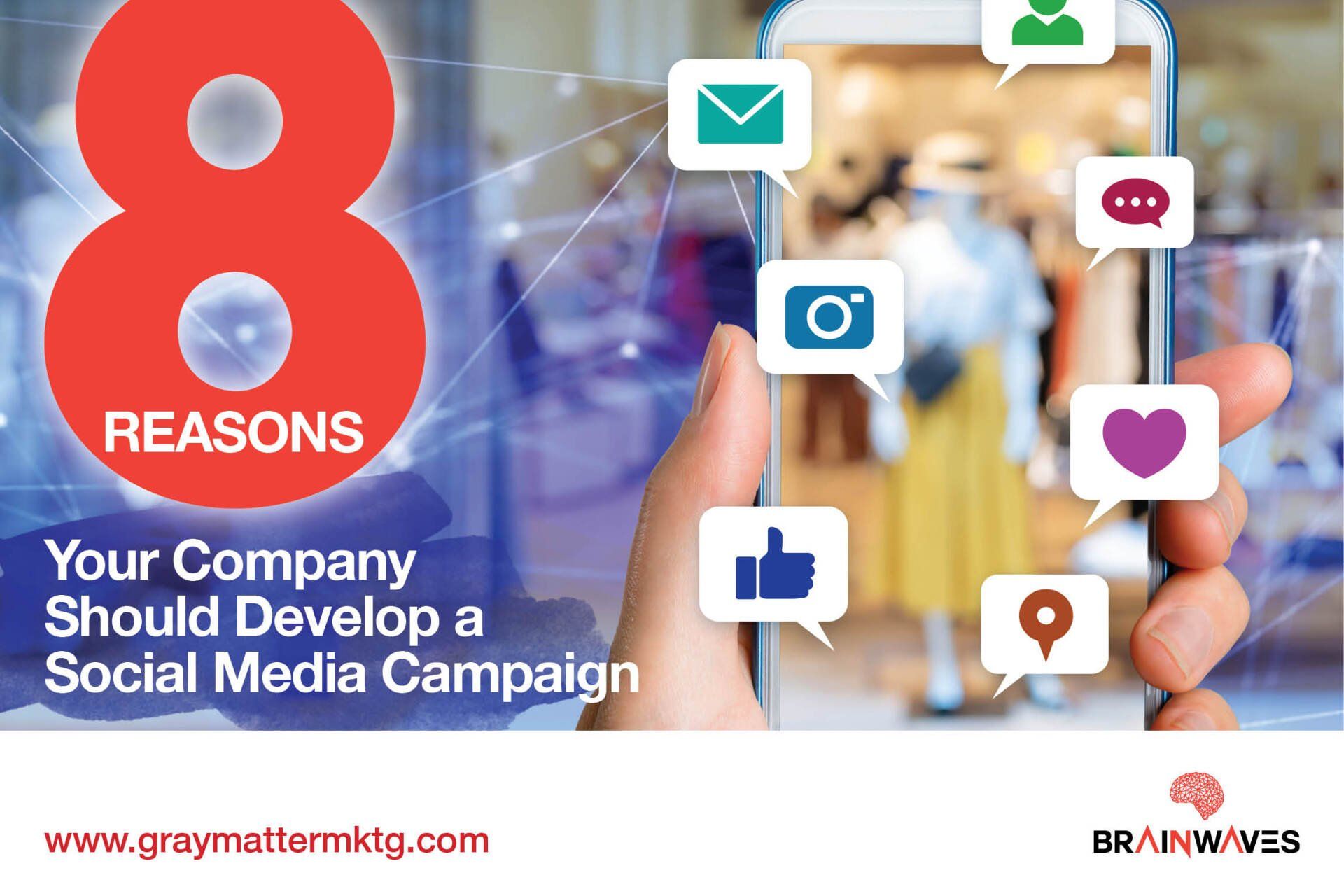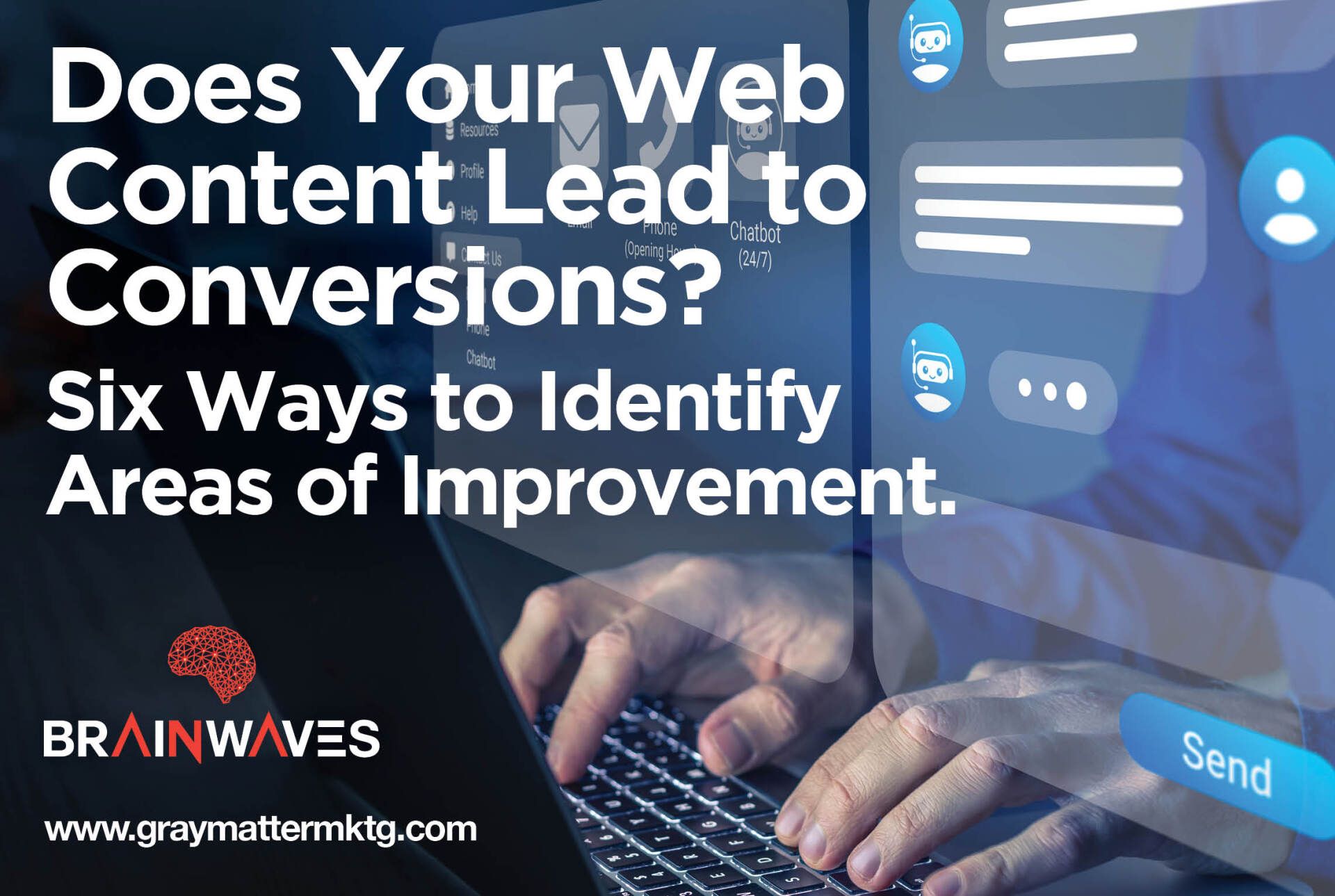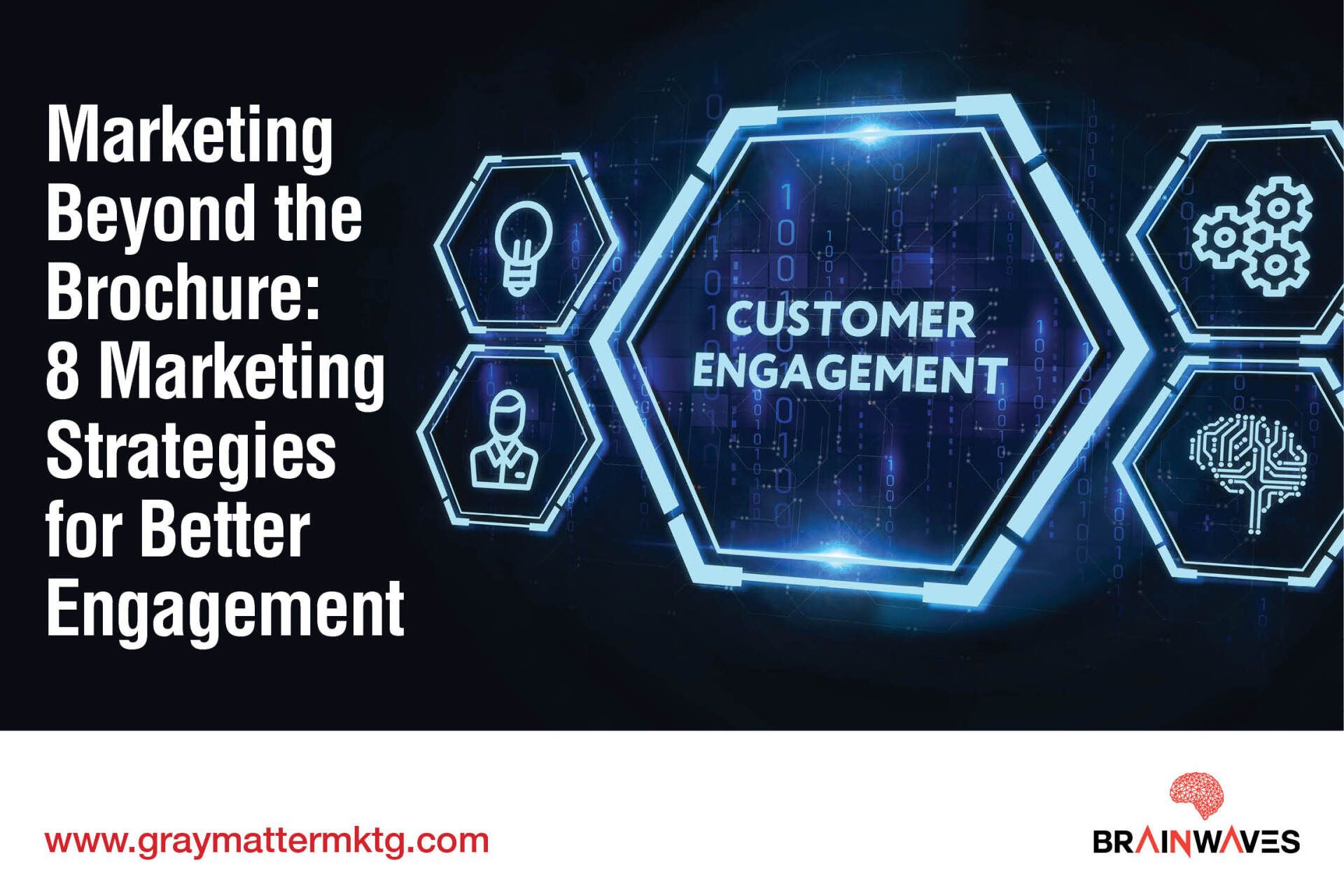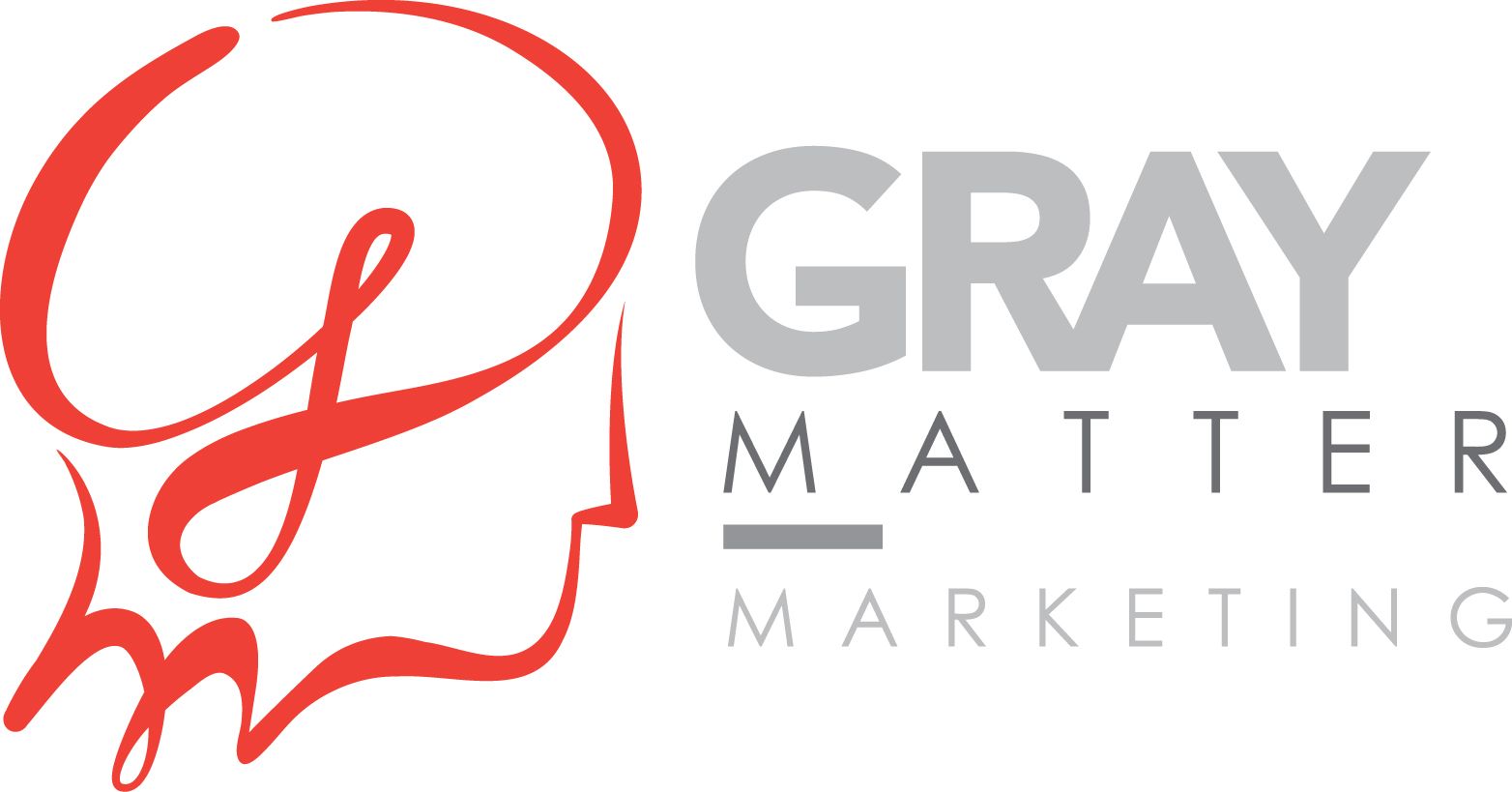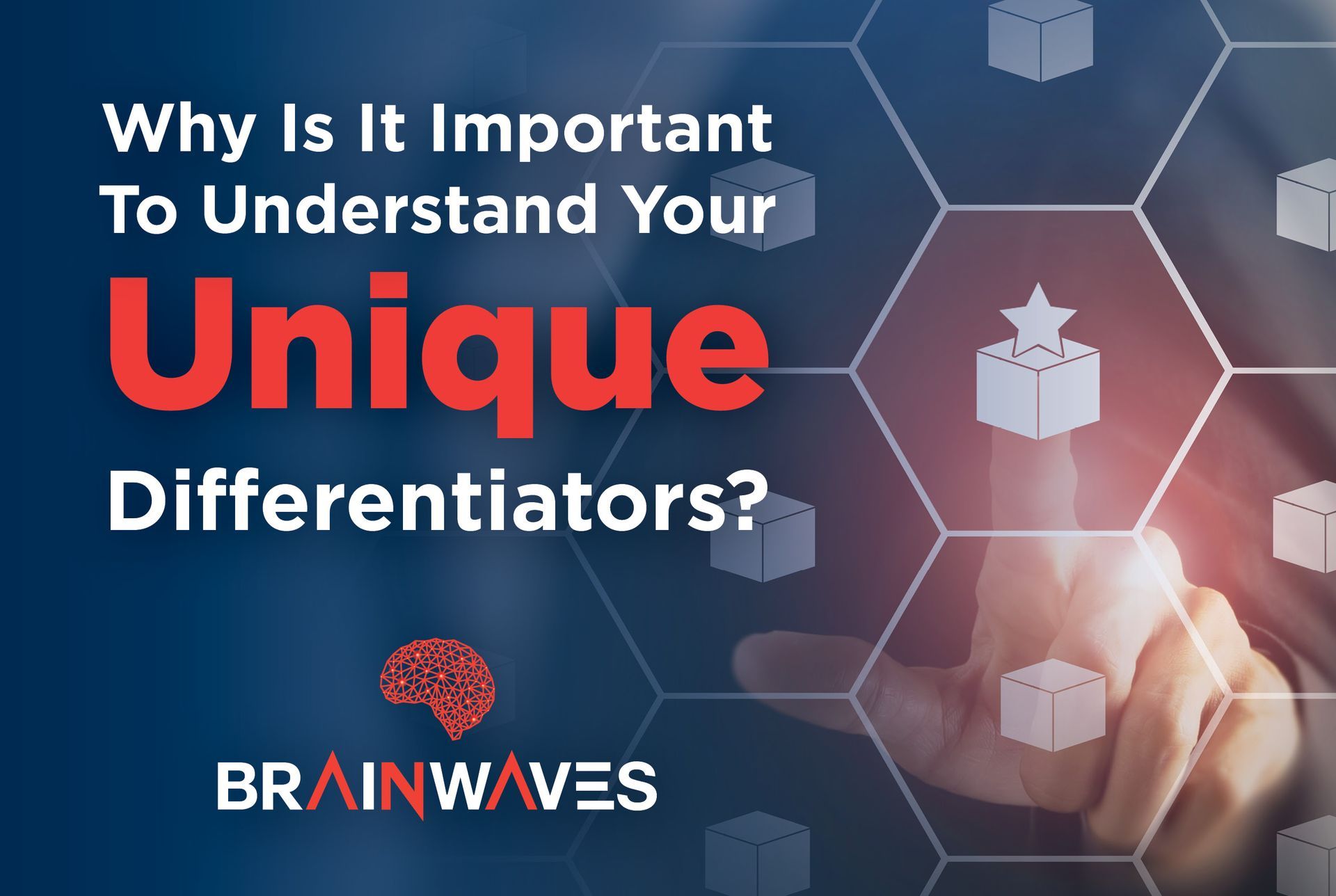Are You Creating Marketing Content That Engages Your Audience?
Tips for Developing Marketing Content That Wows and Sells
Businesses that use content marketing as part of their overall marketing campaign should ensure the information that they publish is both relevant and engaging. Understanding your target audience and providing content based on what they want can give you a significant advantage over competition, especially when it helps endear your brand to clients.
More than two-thirds of businesses produce some form of content for marketing. However, not enough of them take time to understand what is needed. Developing an in-depth content strategy is crucial and should answer some important questions.
- Who will interact with your content?
- What problem is the content meant to solve?
- What will make the content stand out?
- In what format will you produce the content?
- Where will the content be published?
- How often will you publish?
Defining Content Marketing Goals
An important question that will form the foundation of your content marketing strategy is to know what you are aiming for with the content you produce. Remember the sales funnel (the journey your typical customer goes through before making a purchase)—awareness, interest, consideration, intent, evaluation, and purchase.
Producing diverse content should appeal to customers at different stages in the funnel. With each new piece of content, you should know where your target audience is in the funnel and should nudge them further down the funnel, ultimately leading to a purchase. Each content piece should have different metrics to evaluate their impact.
Specific goals might include setting up long-term lead generation. This happens when content is meant to help you rank well on search engines for certain keywords. Here, the goal is not to directly impact short-term revenue but to keep people trickling into your website in the long run.
If you are in a field that is new and thriving, such as remote work software support, the goal of content marketing would be to grow revenue immediately. Posts should inform clients of your services and convince them to turn their interest into actual purchases.
Other common content marketing goals might include:
- Growing an email subscriber list
- Identifying customers for retargeting with new products
- Growing brand authority in a particular field
- Building customer loyalty
Knowing What Content to Create
Many people will start off their content strategies with a blog for their website and social media outlets. Blog posts are published regularly to have an impact, and typically range from 1,000 to 2,000 words. However, there are other types of content that might interest your audience, and perhaps even have more impact compared to blog posts.
E-books, infographics, templates, webinars, and case studies are other types of content that could appeal to your audience. Client education is a common term, especially in agency circles. It refers to the process you take clients through until they decide to make a purchase. Some products particularly have a long sales cycle. Financial products, software, and cars are a few examples. Companies in these sectors need to create sufficient brand assets and communication material to support the entire sales cycle. If your goal is to educate your customer, be sure to provide information that your audience doesn’t already know, don’t just pitch your product or service.
The Different Learning Styles
The VARK model of learning styles was presented by researchers Fleming and Mills to explain sensory preferences. These styles are the way people prefer to interact or absorb information. VARK is an acronym for visual, aural, read/write, and kinesthetic.
- Visual: would rather have information presented graphically or using symbols
- Aural: would prefer to hear information
- Read/write: would prefer worded or printed information
- Kinesthetic: would prefer experiences, whether simulated or real-life situations
As a marketer, you might see why blog posts alone might not be sufficient for your content marketing strategy. You need to find creative ways to cater to people with different learning styles. However, here is some good news.
Sensory Preference vs Retention
Research has established that a person’s sensory style is not always related to their retention rate. A person might prefer to listen to information, but they might retain more of such information if they read it instead. The task for marketers should be to match information with the right learning style but also motivate those who may not particularly prefer that learning style.
A few tips when developing content:
1. Reduce the Cognitive Load of Your Content
In learning, cognitive load refers to the amount of effort required to absorb and hold information in working memory. Cognitive load might increase as the complexity of information intensifies or improve due to improper methods of teaching or presenting information. For instance, trying to introduce a new sport to people through a podcast will cause the cognitive load to be too high.
First impressions matter because they determine whether people will continue interacting with your content. After picking the right learning style for a topic you'll use to educate the audience, find a strategy that minimizes cognitive load.
Let’s say you are creating a new products page on your website. Using pictures will communicate the nature of products and spark the interest of most people. They will click on the individual products to find out more. Bulleted points would do well to highlight the salient features/benefits of the product. Embedding a YouTube explainer video on the individual product page will cater to the aural and kinesthetic learner. Finally, you could have a download link with detailed information on the specific product for the person who prefers to read the fine print.
2. Find the Shortest Path to Engagement
Picking the shortest path to engagement stems from realizing that you cannot convey all the information about a product in one instance or use one piece of content. You first need to grab their attention, then their interest, and then you’ll get a chance to close the deal. Consider the type of information your target customer consumes on a day-to-day basis. Use that information to guide your content strategy.
We see this with financial services companies that can spark interest in a product in a 30-second commercial. Clients probably won't wake up and sign up for the product immediately, but they might be interested and seek more information. The company can now share more detailed infographics and brochures with product descriptions.
3. Develop a Meaningful Call to Action
We’ve already highlighted the importance of having a clear goal for each piece of content you produce. A call-to-action should come at the end of your blog posts, podcasts, brochures, e-books, etc. Make it as convenient as possible. If you want them to navigate to a sign-up page on your site, include the link and make the sign-up process as easy as possible.
4. Use Appropriate Keywords for More Engagement
Whenever you develop a content strategy, there should be certain keywords associated with your industry, brand, product, or offer. Make sure to include them wisely across the various platforms you share content. When you do this consistently, they become ingrained in your audience’s minds. They will think of your brand whenever they come across the words, even offline. It’s a winning strategy to ensure your brand stays top of mind.
When it comes to SEO, keywords make your content easier to find through search engines. You will want to create content optimized for keywords that your target customers are looking for. This way, more traffic will flow to your website and thus more conversions.
5. Ensure Consistency Throughout Your Campaign
No matter how high the quality of your content is, it will not work unless you are consistent with it. This is the reason paid ads run constantly for weeks or months. High-quality blog posts, reports, and infographics serve as resources for your target audiences. When you put out content consistently, your audience becomes conditioned to expect it. They become more endeared to your brand because you give them value with your content. Such content will get more engagement because the audience is emotionally invested.
6. Take Time with Headlines and Intros
Whether you are publishing videos, reports, blog posts, or infographics, you need to pique the audience’s interest with a great headline, which shouldn’t give away all the information but rather draw people in to read, watch, or listen to the content till the end.
Search engines such as YouTube will suggest your content to viewers if it is doing well among viewers of a similar profile. You therefore need to think critically about the persona of your audience and the type of headline they are likely to be interested in. Popular headlines include:
- Things that will make you . . .
- Things you didn’t know . . .
- Shocked to see . . .
- Twitter reacts to . . .
- See what happens next . . .
Introductions are also quite important for engagement, whether in blogs or videos. The first few seconds should hook people. A common style used in blog posts is to include an interesting statistic or ask intriguing questions in the first paragraph of a post. The same goes for videos where a snippet of the most interesting bits of the video are edited into the first few seconds to show viewers the reward that awaits them if they continue watching.
Conclusion
Producing engaging content takes a lot of thought and careful planning. Audiences will be in different stages in the sales funnel, and you will need content that caters to all of them. Marketers also need to know the kind of content that clients consume daily and use such channels to draw them in. Every marketing campaign must have an end goal and should help increase awareness, interest, or persuasion.
Again, it is important to remember that people have different learning styles although they are not mutually exclusive. Content must be presented using the most effective styles for it to effectively engage the target audience.
To help create an overall marketing campaign and marketing content strategy, contact Gray Matter Marketing for a free assessment.
